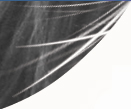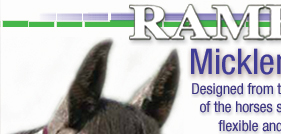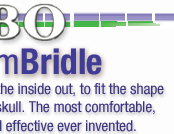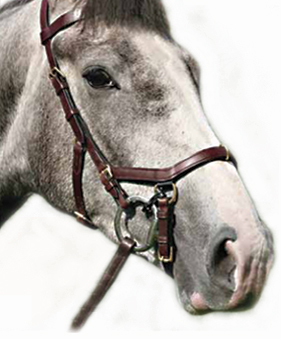3. BITLESS BRIDLE
There are three alternative bitless bridles, from mild to strong, so there will be one that suits your horse and they all avoid the extreme da-mage to the molar teeth caused by standard bitless bridles. They are great to use after any mouth damage such as split corners or if your horse dislikes a bit. Some may wish to use a bitless bridle on a continuous basis and the stronger alternative is ideal for this. It has been proved to work wonderfully well over many years.
. Mild (figure 8) - Take out the bit by undoing the bit straps or clips and attach the reins directly to the side rings and you ha-ve a mild bitless bridle.
. Medium (figure 9) - Add the curb groove attachment by fitting it under the bottom back strap, like a curb chain. You need to open the lower back strap of the Multibridle when doing this.
Fit the lower back strap though the keeper (figure 10) at the back of the curb groove attach-ment before doing this strap up again. Then bring the side straps of this attachment back through the side rings of the Multibridle, before attaching the reins to the end of these side straps. |








